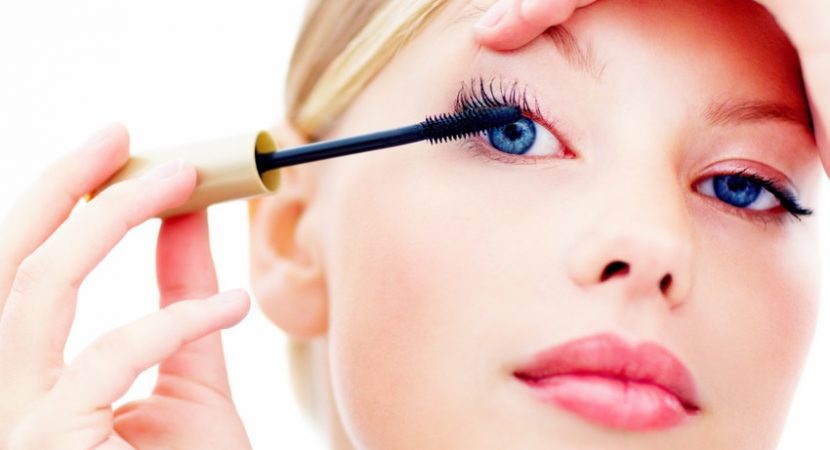We expect more from mascara than intense colour. We want maximal length, colossal volume and perfect separation of each eyelash.
Mascara manufacturers try to meet this demand by coming up with new shapes for the wands and by equipping their products in the most innovative ingredients, which are expected to provide the best appearance of the eyelashes. One of the most extreme ideas is use of polyester or nylon fibres, which are to build up these desired millimetres to the eyelashes and significantly intensify the look. It is pretty catchy, because it works with our imagination. The word fibre alone makes us think that the mascara bottle holds within some sort of “liquid eyelashes”, which will ensure extreme length. Is that really what is going to happen?
What are they and how do fibres in mascara work? Is it safe? Should you invest in mascara containing synthetic fibres? We want to give you all the facts concerning fibres in mascara?
1. What are the fibres and what is they impact on eyelashes?
Fibres in mascara are mostly obtained from artificial ingredients: cellulose, nylon, polyester. These substances are pretty common in industry and are used to make, for instance: cord, bicycle parts, tights, ropes, synthetic fabrics that do not pass air up. These are quite thick and dense substances in form of microscopic particles pressed in the mascara. Their presence is supposed to guarantee the effect of scandalously long and dense eyelashes. With first application mascara indeed seems to intensify the appearance of lashes: these are slightly longer, but not denser. Fibres mostly add length, not volume. Each next application try ends up badly and creates an ugly effect of, so called spider legs. Moreover, synthetic fibres can cause clumps and on the eyelashes.
2. The consistency of mascara with fibres vs. its impact on the eyelashes’ appearance
Mascara with fibres has quite thick consistency. It happens because microscopic fibres must gain a grip while performing a make-up. Too runny texture of mascara would never provide such action. As a result you get thick product that clumps eyelashes and barely separates them. The effect of mascara with fibres will never be natural, and the application of it will require skilful hand.
3. Fibres vs. the long lasting mascara
Due to fact that mascara with fibres is already thick at the very beginning, after 2-3 months it will get even thicker and make-up with it will look unprofessional and just ugly. What is more, fibres in the mascara are not slick, but matte. Unfortunately, this does not ensure the effect of healthy and glossy eyelashes. Mascara with fibres should usually be thrown away after about two months. Dry consistency of the mascara enriched with fibres also disrupts the durability after the application – such mascara does not stays on throughout the day and flakes.
4. Fibres in the mascara vs. sensitive eyes
Because synthetic fibres are derived from the distillation of crude oil, these can cause allergies with people who have sensitive eyes. Derivative from the distillation of crude oil is usually clogging product, which means that at contact with skin or delicate eye it disrupts processes on its surface. It can result with infection and allergy.
5. Fibres in mascara vs. contact lenses
We do not have good news here either. After few hours following the application, fibres tend to flake and get into the eyes, under the eyelid and (sadly) under the contact lenses. Fragments of the mascara are difficult to remove and may slightly irritate the eye, not to mention the overall comfort while wearing lenses.
6. Make-up removal of mascara with fibres
Make-up removers have no easy job either. The gentle one may not be able to remove mascara with synthetic fibres. There is no way you remove the mascara without rubbing the eye. On the other hand, strong make-up remover tends to cause irritations and should not be used on the daily basis. Frequently happens that during the make-up removal, fragments of the mascara, instead of staying on the cotton pad – get under the eyelid and are almost impossible to remove.


Leave a Reply